String Gauge Guide
How does a guitarist choose a particular string gauge or brand? Why do some choose custom string sets rather than picking from the plethora of pre-made sets available on the market?
After many years of giving no thought to which string gauge, brand, or tuning I used on my guitars I finally decided to figure it out the best I could.
Turns out there is no “right” string gauge for any particular tuning because it’s all (to some degree) matter of preference.
The following string sets are what I personally believe to be the optimal gauges in terms of tone, tuning stability, and comfort for both dropped and standard tunings on electric guitar.
–
24.75 inch scale necks (common scale length of Gibson guitars) and 25.5 inch (Fender style) vary slightly in tension on the string.
If you’re using a baritone scale guitar (26.5 inch+) however, the tension would be dramatically increased, so much lighter gauges may be desired.
I’ve also listed a few bands known to play in each tuning so that there’s a tonal reference. (This doesn’t mean the listed bands use these particular gauges or brands, just that tuning)
Many bands switch up their tunings or even create custom tunings for their songs, so this guide is the best I could do at categorizing them.
All notes with a period or hashtag next to them represent Sharp notes.
For instance “C.” or “C#” are to be read as C Sharp
Got it? Good.
–

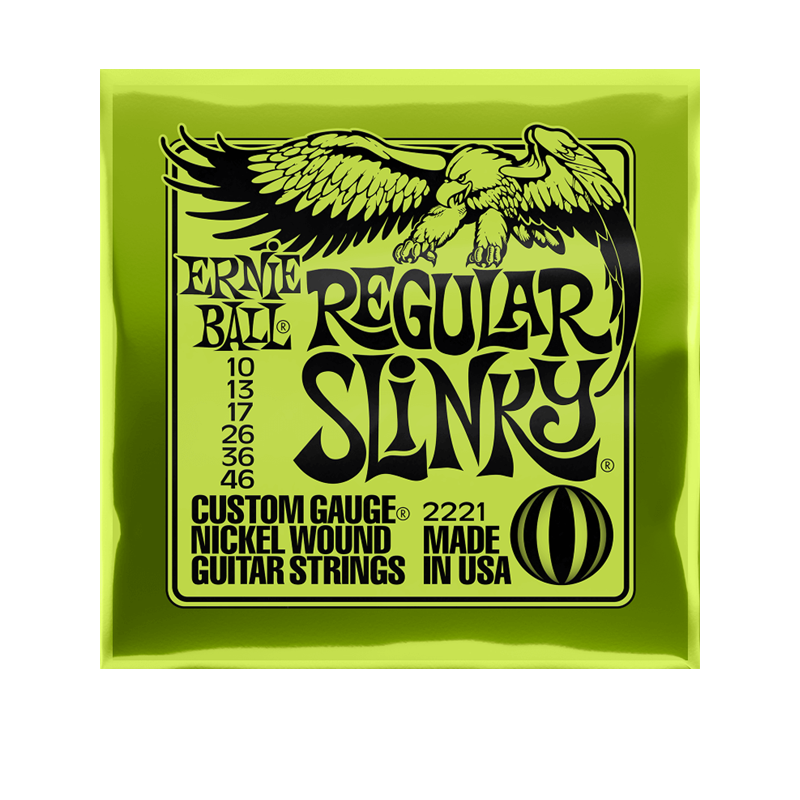
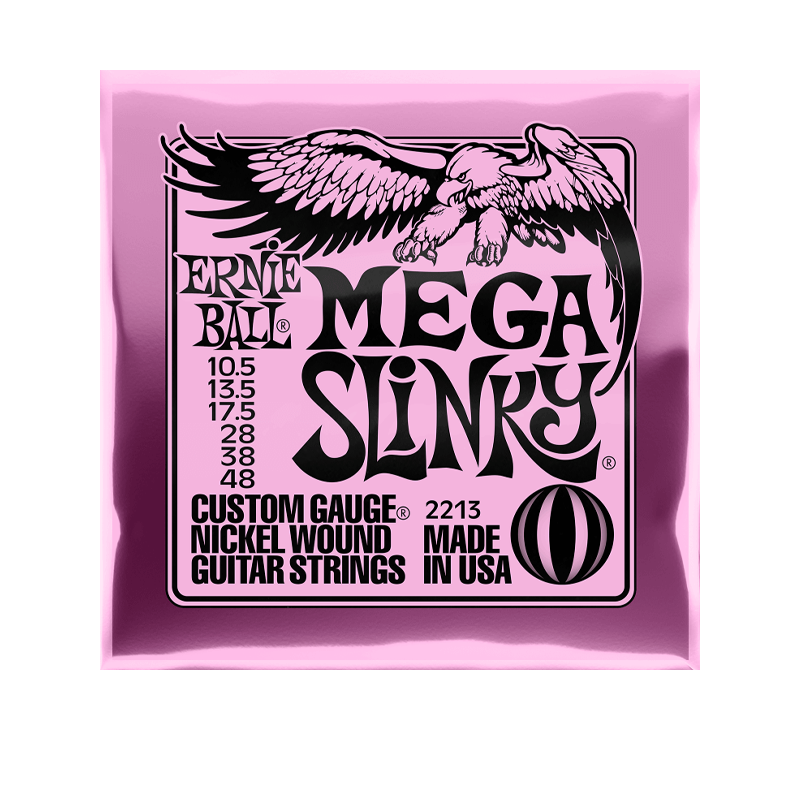
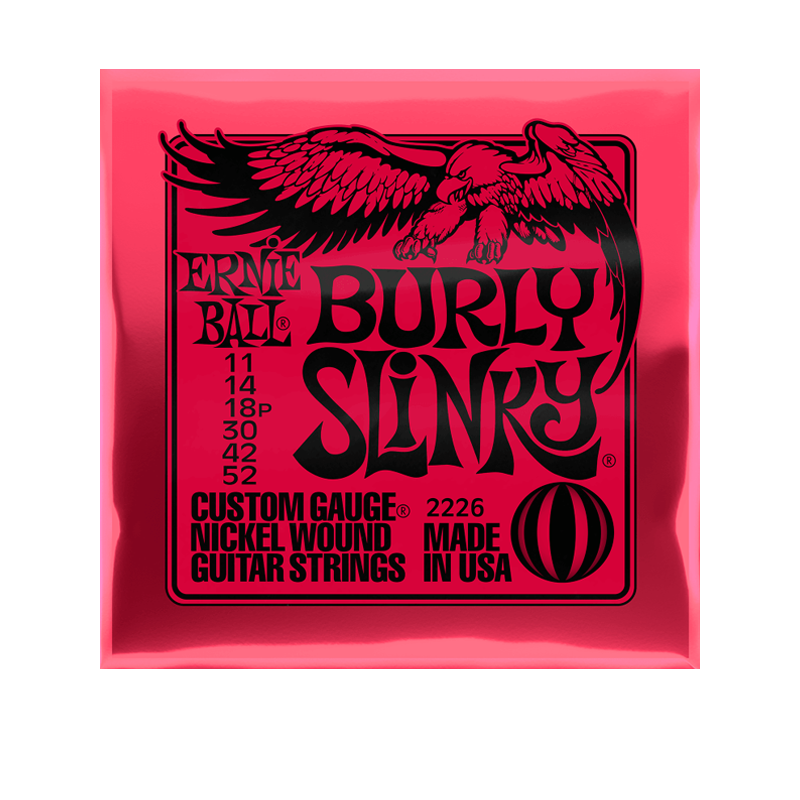
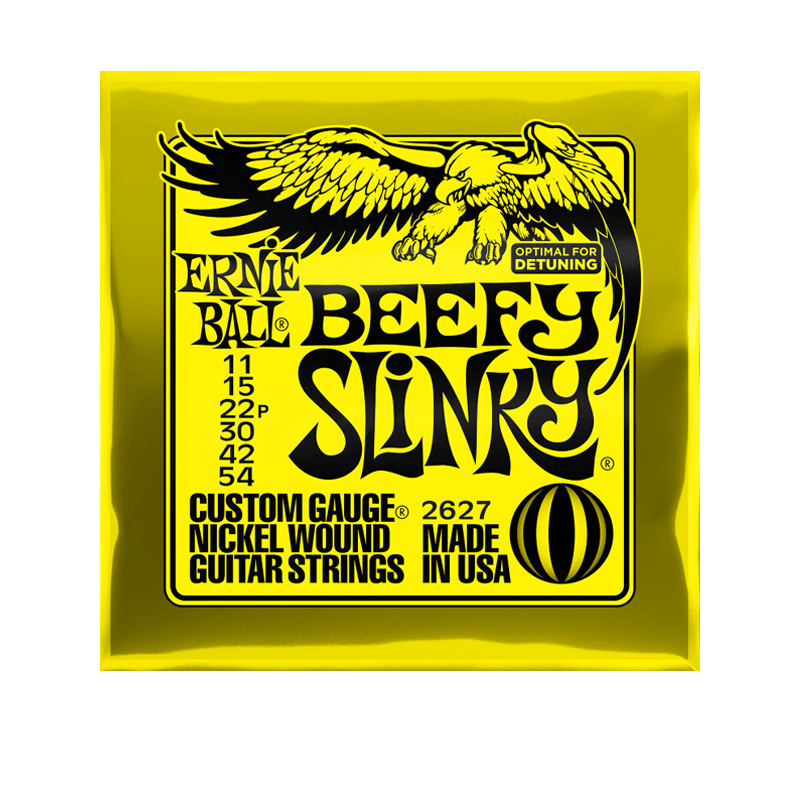
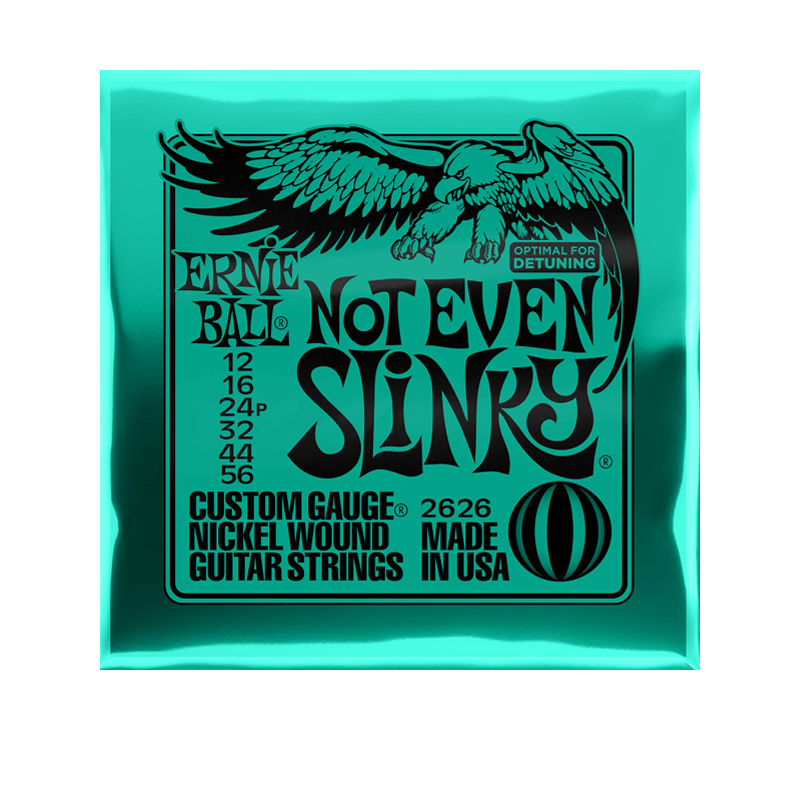
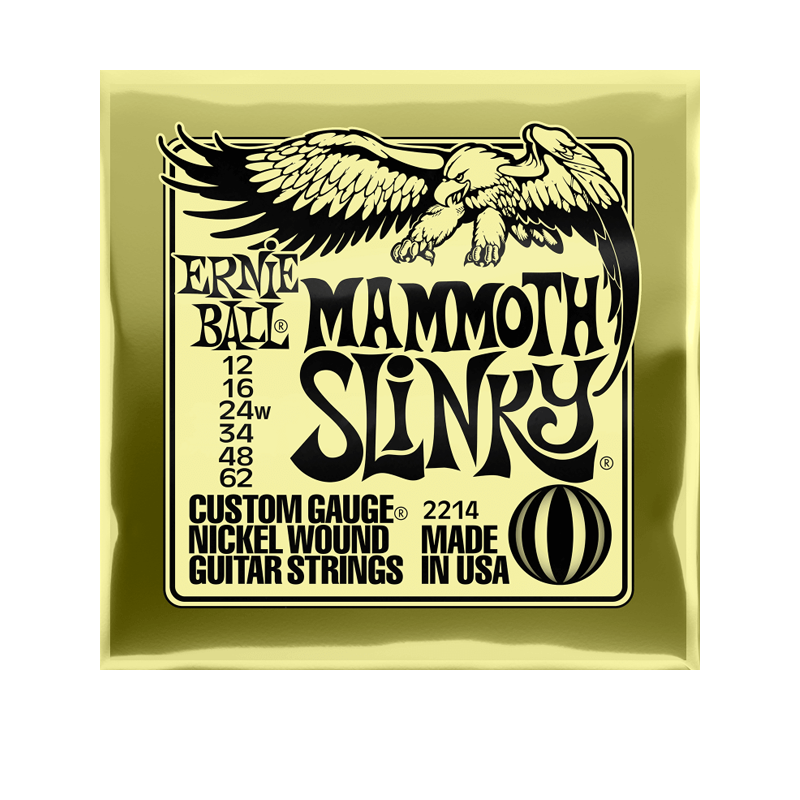
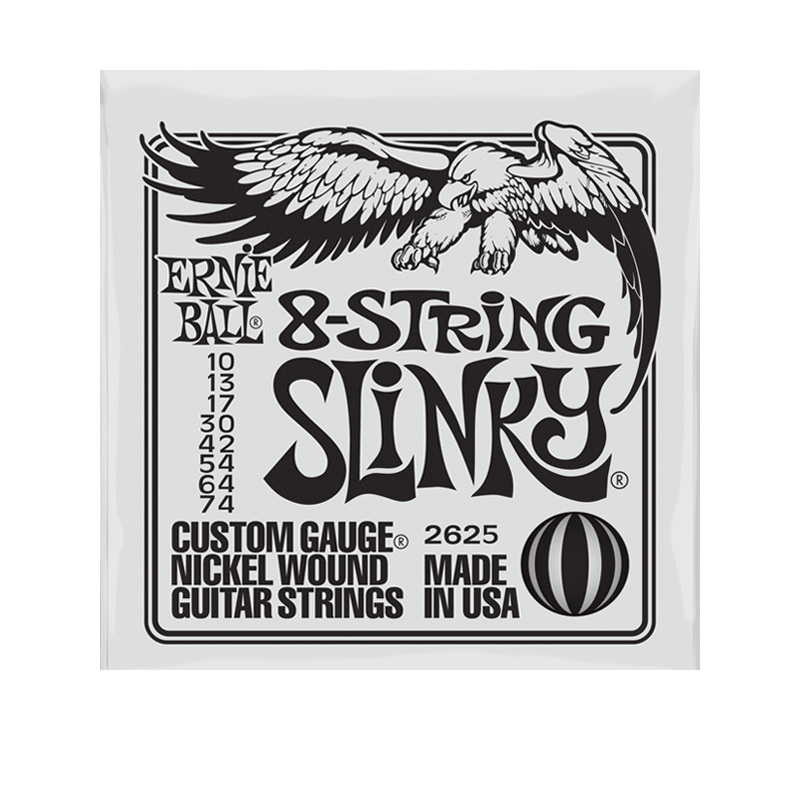
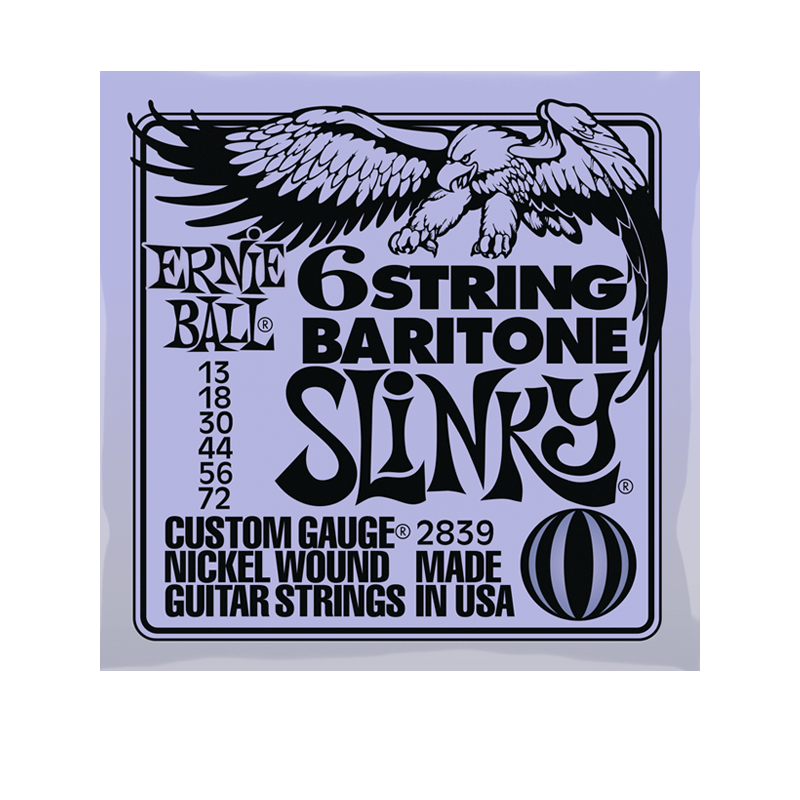


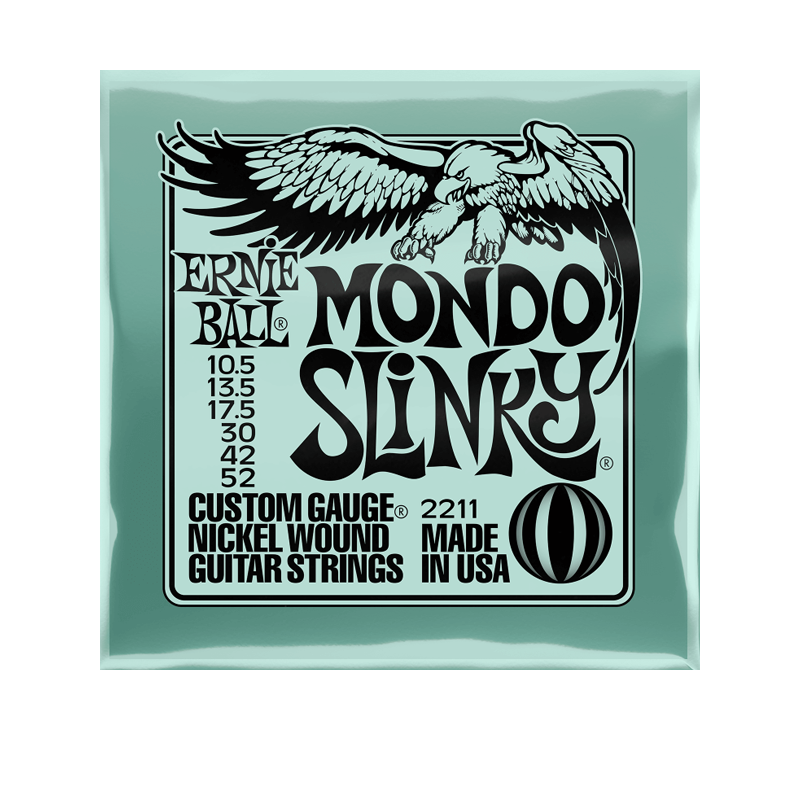
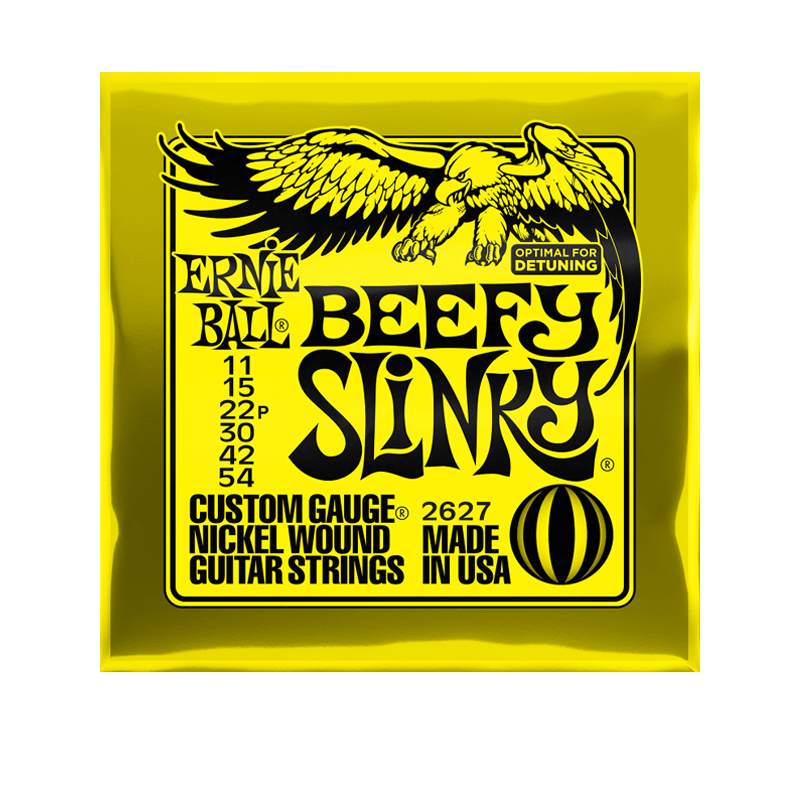
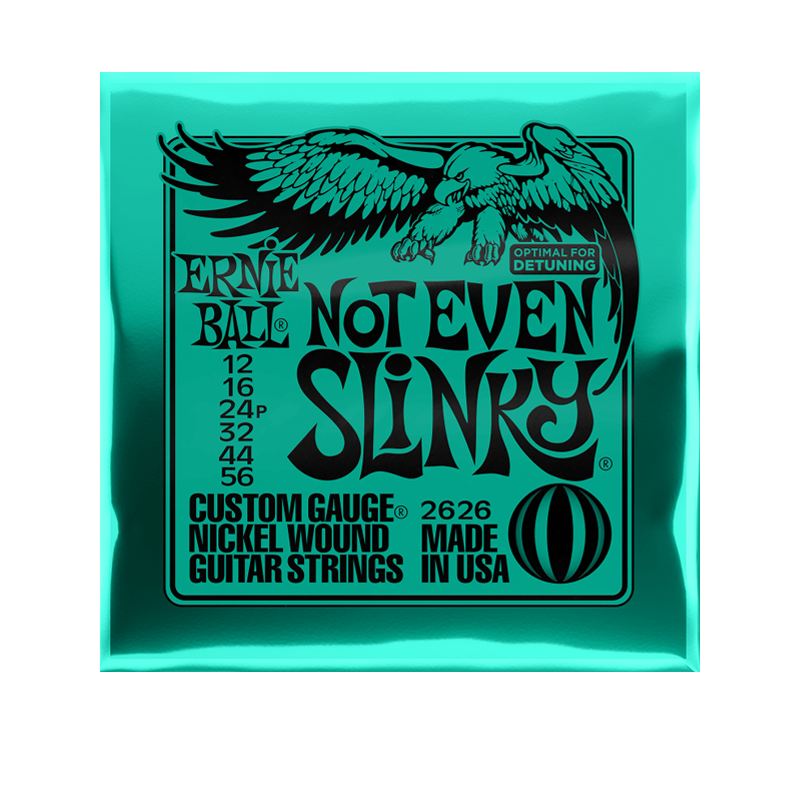
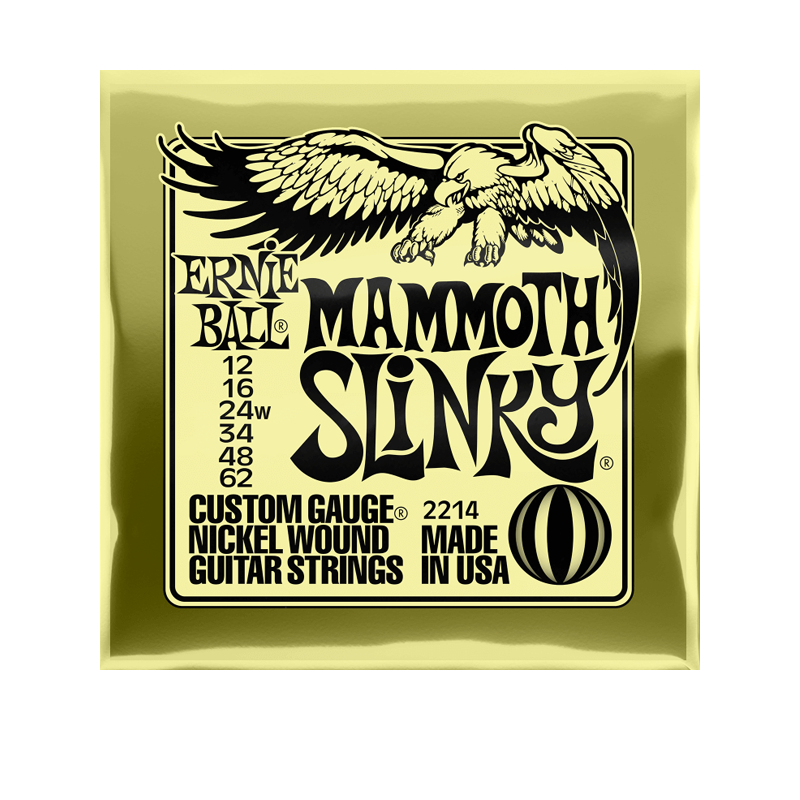
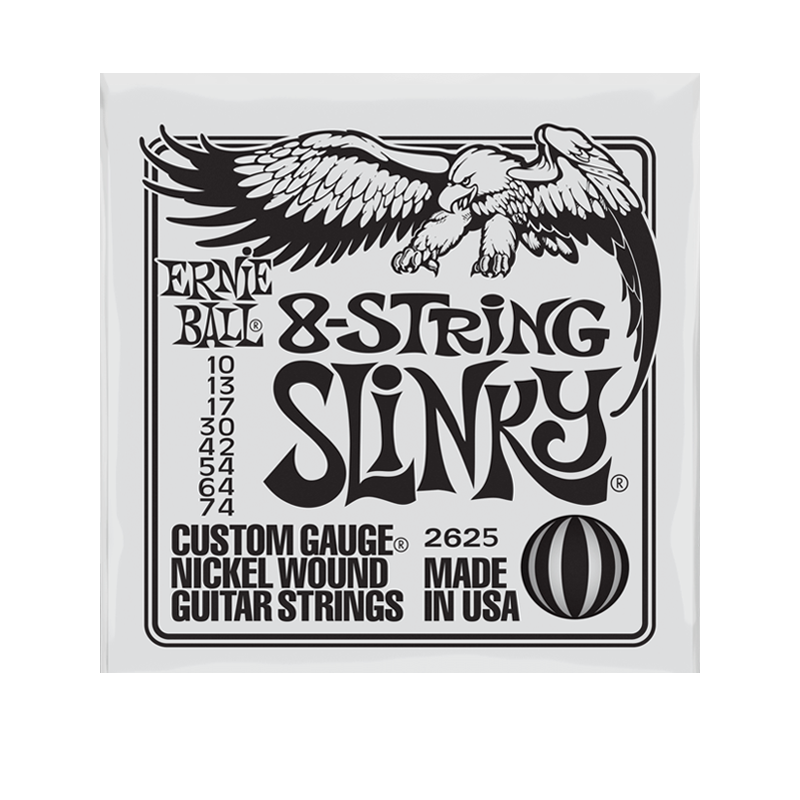
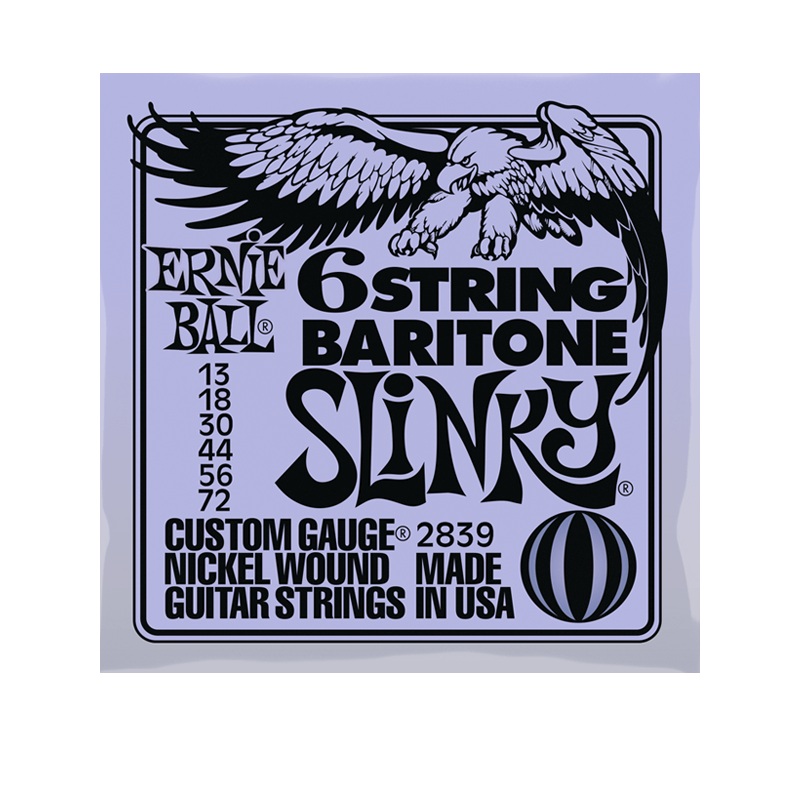
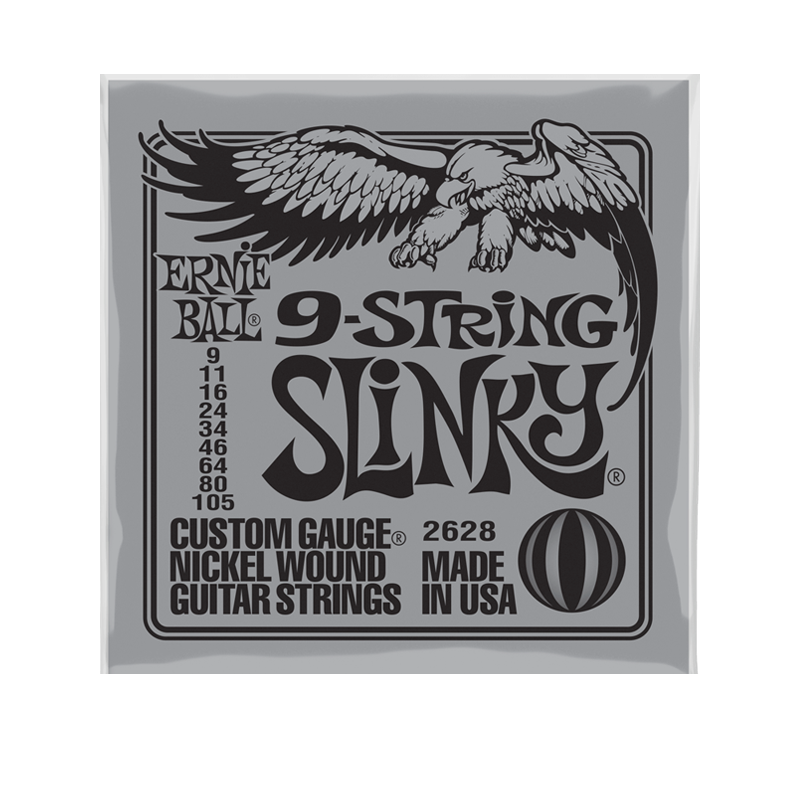
It’s worth noting that some guitarists find hybrid string gauges more comfortable to play with. This is typically where the lower strings are much thicker gauges in comparison to the higher strings.
This arrangement allows you to have a nice thick tone for power chords and/or aggressive playing while maintaining lighter strings for soloing, individual note picking, and bending which can now be performed with very little strain.
The following set is just one example of many of the hybrid string packs available on the market.



I was also looking for consistent product quality and variety. Anytime I bought a new set of strings the first thing I did was measure the gauges using a micrometer. More often than not, I found that many brands out there have measurements that are inconsistent. For example a .56 gauge string measuring at only .55 and so forth.
The brand listed seems to be accurate and consistent with the product description and aren’t overpriced.
–
Adjustments to the truss rod, nut, bridge, or saddles may be required when changing guitar strings and tunings.
Thus, for thicker gauge strings (.58 and higher) the tuning peg holes may need to be stretched using a square file.
These gauges are what I believe to be the best you can do with pre-existing string sets. When it comes to the much lower tunings custom string gauges would probably be best.
Those with a lighter touch may want to use the previous recommended gauge for each individual tuning. For example using the C# gauge for C and vice versa.
–

Many variables contribute to the tuning stability of your guitar.
These variables include: scale length, string gauge, string action, neck relief, bridge height, nut height, nut slot depth, pick gauge, pick attack, etc.
Finding the “right” string gauge is a personal quest. Hopefully this guide will help give you some perspective and serve as a point of reference in the process.
Over the course of a year I accumulated this data in a “trial and error” log to further my understanding of string gauges in relation to different tunings.
Probably spending around $300 in the process. I compared many different brands and tried just about every tuning from E to A standard, to drop D to F. Consequently, the result of all this madness was a chart listing the string sets that I found to be best for every individual tuning on a standard scale guitar.
Of course this OCD driven chart is completely subjective as there are many variables to take into account.
Be sure to check out the String Tension Pro calculator that D’Addario recently put out. This should help further your understanding of how much the tension changes by going up or down a gauge.
Everybody has their own preferences…but maybe this guide will serve as a useful reference point for the lost and the curious.

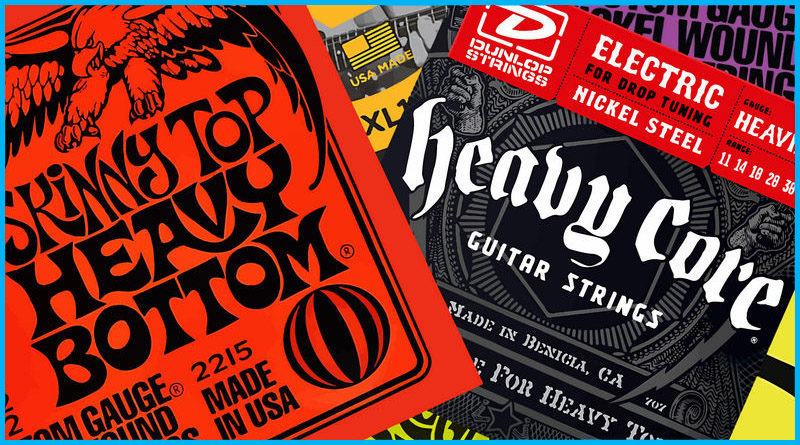
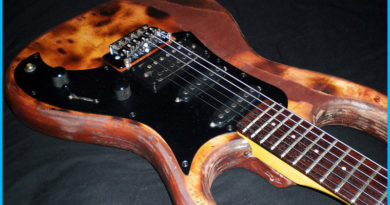
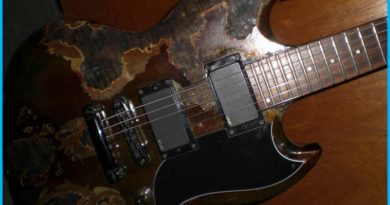
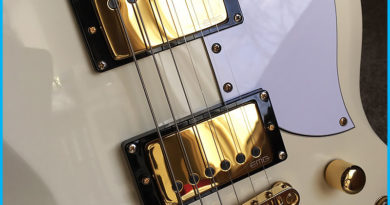
Thanks for this. Any tips on doing a good guitar setup for alternate tunings with thicker strings? A setup guide would be cool. I’m finding it a nightmare to get rid of fret buzz when tuning to D standard with 11-50s or Eb with 10-46. Somehow all the guides out there aren’t detailed enough or omit something or there must be some secret that no one is revealing.
I definitely understand your frustration. Lack of this type of info online is part of the reason I created this guide in the first place. I don’t have any solid tips other than practicing adjustments on a beater guitar or seeking out a luthier/guitar tech. There are many contributing factors that could be the cause of your fret buzz. Making careful adjustments to the truss rod and/or bridge height could help but if you don’t want to risk damaging your guitar you should seek out a professional.
I like the chart, but being a huge muse fan, they don’t play Half step down, they play standard/drop-D
However, Matt does use DR 10s so close enough! Good job on the guide bruh!
Thank you! I also looked into this further and it appears you’re correct. I made the appropriate change to the guide.
You say standard scale, but not what scale length that is or what guitar you used. Did you use the same guitar for all of these tests? Do you mean 25.5″ when you say “standard scale”
Thanks for putting this together. I’m sure I’ll reference it and some of the various tension calculators out there because I’m setting up a bunch of electric guitars in various tunings. I just got a bunch of nut files from stewmac so I can widen slots and bought some decent cheap ass used guitars to strat with before I mess with any of my expensive guitars, so time to get to work!
Thanks for the feedback. I went ahead and made an adjustment to the article to better clarify this.
Not too long after I put out this article I found that D’Addario came out with a pretty could string tension calculator. Check it out: http://stringtensionpro.com
Good luck!